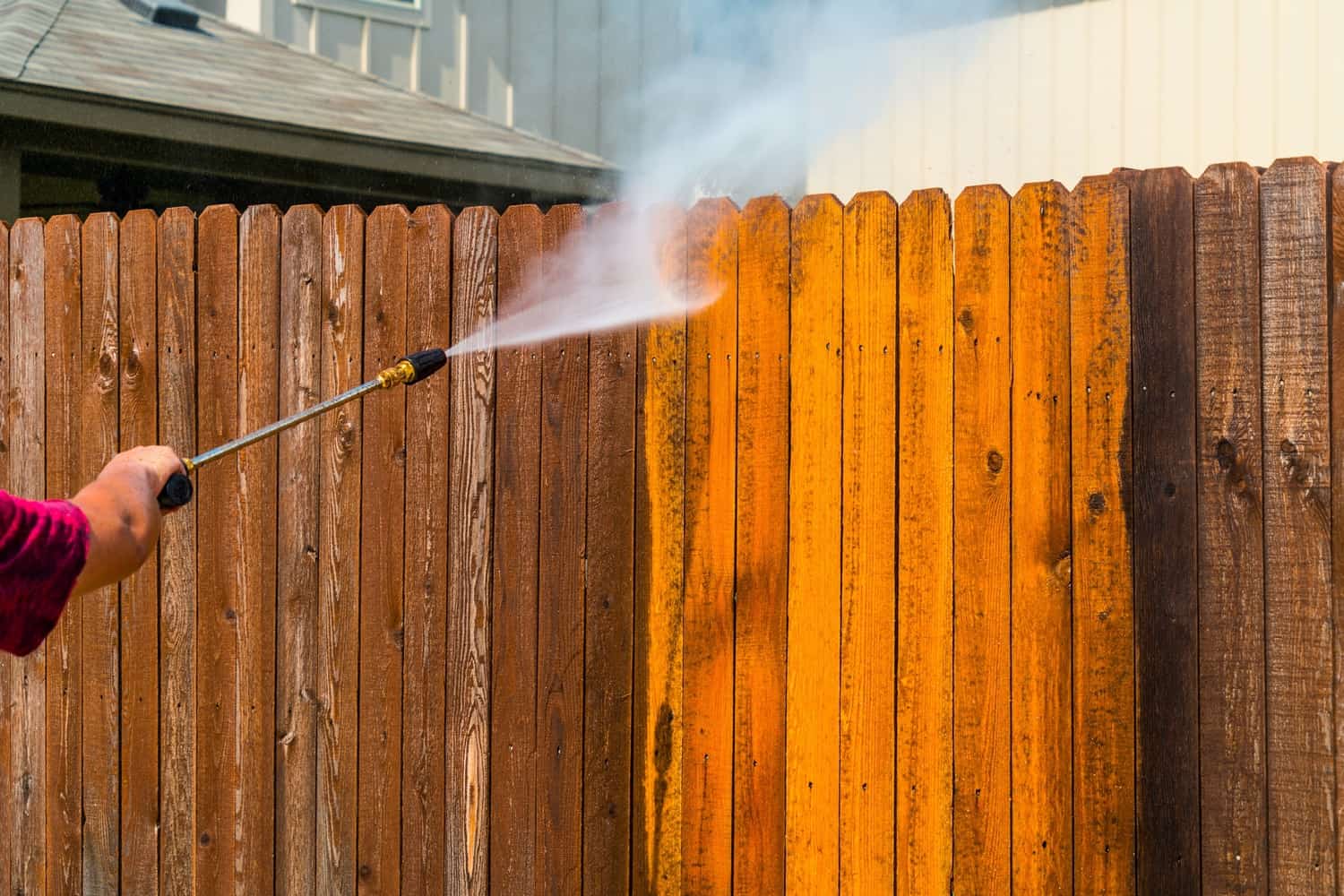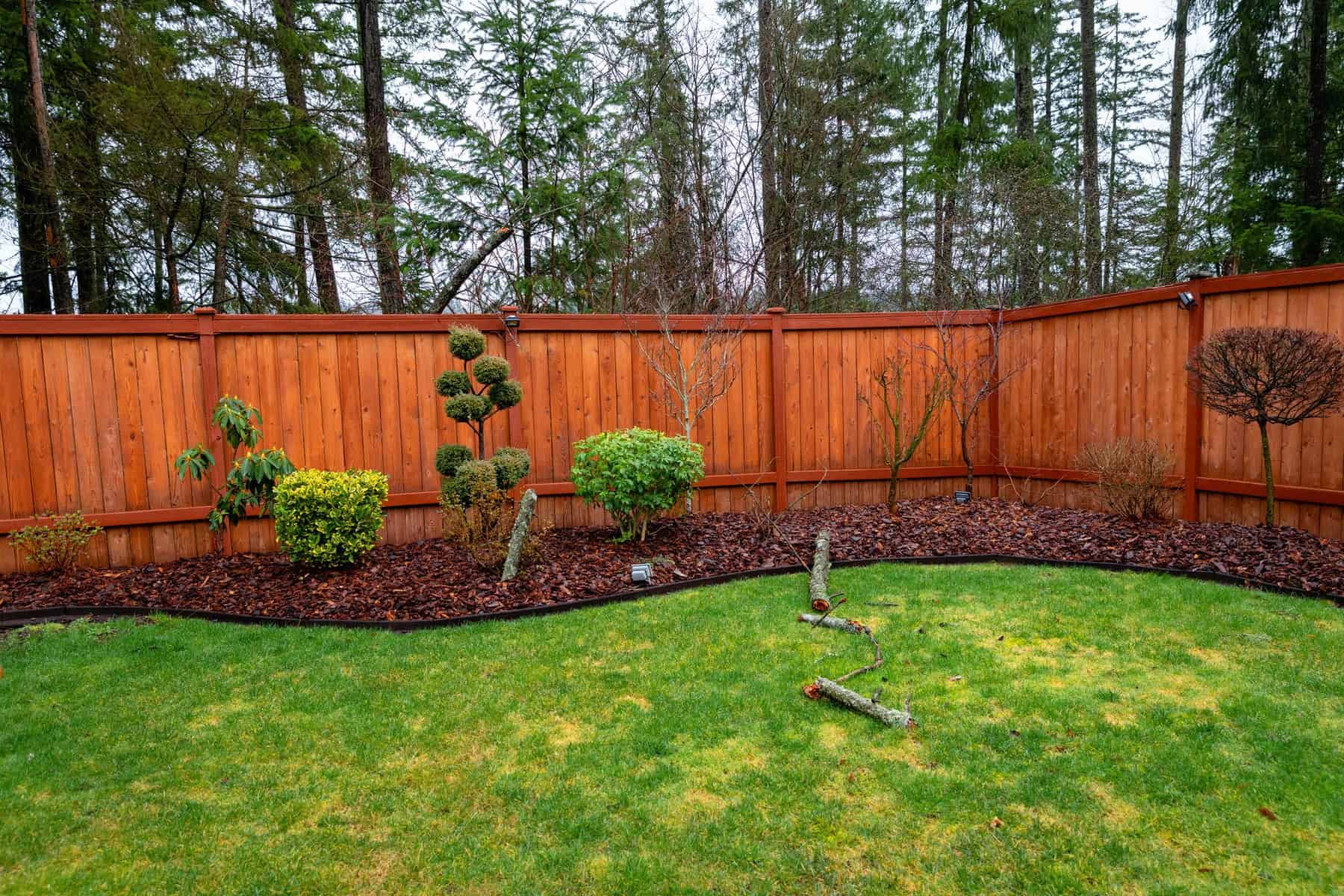When it comes to enhancing the beauty and longevity of your fence, homeowners are often faced with the question: should I paint or stain my fence? Both options can dramatically improve the appearance of your outdoor space, but they each have distinct advantages and disadvantages. Understanding the differences between painting and staining a fence will help you make an informed decision that aligns with your aesthetic preferences, budget, and maintenance expectations.
In this comprehensive guide, we’ll explore the benefits and drawbacks of both methods, factors to consider when choosing, and tips for maintaining your fence after treatment. Whether you’re building a new fence or refreshing an existing one, this article will help you determine which option is best suited for your needs.
The Basics: What Is Painting and What Is Staining?
Painting a Fence involves applying a solid or semi-solid coating of paint over the fence’s surface. Paint provides a uniform, opaque finish that completely covers the wood grain, offering a wide range of color options and a smooth appearance.
Staining a Fence involves applying a semi-transparent or transparent finish directly onto the wood. Stain enhances the natural beauty of the wood grain while providing protection from the elements. There are different types of stains, including solid, semi-solid, and transparent, each offering varying levels of coverage and color richness.

Benefits of Painting a Fence
1. Wide Color Selection
Paint offers an extensive palette of colors, allowing you to match your home’s exterior or landscape design. You can choose bold hues, classic shades, or neutral tones to complement your property.
2. Superior Coverage
Because paint covers the wood completely, it can hide imperfections, knots, or irregularities in the wood surface. This results in a uniform, polished look.
3. Additional Protection
Paint creates a thick barrier that can block moisture, mold, and mildew more effectively than stain. This can be especially beneficial in humid or rainy climates.
4. Ease of Maintenance
Painted fences are typically easier to clean—dirt and grime can be wiped off, and chips or peeling areas can be easily touched up.
Drawbacks of Painting a Fence
1. Less Emphasis on Natural Beauty
Paint covers the wood grain entirely, which means you lose the natural texture and character of the wood. If you prefer a rustic or natural look, paint might not be the best choice.
2. Durability Concerns
Paint can peel, crack, or chip over time, especially if not properly applied or maintained. Repainting can be more labor-intensive than staining.
3. Longer Preparation and Drying Time
Proper surface prep, including cleaning and sanding, is essential for paint adhesion. The drying process also takes longer compared to stain.
Benefits of Staining a Fence
1. Enhances Natural Beauty
Stain preserves the natural grain and texture of the wood, creating a warm, authentic look that blends seamlessly with outdoor surroundings.
2. Easier Application and Maintenance
Stain is generally easier and quicker to apply. Touch-ups are also simpler, often requiring only a fresh coat on the affected area.
3. Better Flexibility and Durability
High-quality stains tend to expand and contract with the wood as environmental conditions change, reducing cracking and peeling.
4. Penetrates the Wood
Because stain soaks into the wood, it offers deep protection against moisture, rot, and UV damage, extending the life of your fence.
Drawbacks of Staining a Fence
1. Limited Color Options
Stain colors are more subdued and natural-looking. While there are options for semi-transparent or solid stains, the color palette is generally smaller than paint.
2. Might Show Imperfections
Since stain allows the wood grain to show through, any defects or irregularities in the wood may be more visible.
3. Less Opaque Coverage
If you want to hide knots, blemishes, or inconsistencies, stain may not provide sufficient coverage.
Factors to Consider When Deciding
1. Climate and Weather Conditions
In humid or rainy climates like Nashville, TN, a stain with excellent moisture resistance can be advantageous. However, if your area experiences harsh sun exposure, a high-quality exterior paint with UV protection may be better.
2. Aesthetic Preferences
Do you prefer a bold, colorful look or a natural, rustic appearance? Your aesthetic goals will influence whether paint or stain is more suitable.
3. Maintenance and Longevity
Paint typically requires repainting every 3-5 years, especially if peeling occurs. Stain may last 2-4 years but is easier to refresh with a quick reapplication.
4. Budget
Initial costs for high-quality paint and stain are comparable, but consider the long-term costs of maintenance and reapplication.
5. Wood Type and Condition
Certain woods absorb stain better and look more attractive with it, while others may benefit from the opacity of paint to hide imperfections.
Maintenance Tips for Painted and Stained Fences
Painted Fence Maintenance
- Regularly clean the surface with water and mild soap.
- Touch up chipped or peeling paint promptly to prevent further damage.
- Repaint every 3-5 years, depending on the climate and wear.
Stained Fence Maintenance
- Clean the surface annually to remove dirt and mildew.
- Reapply stain every 2-4 years or as needed, especially in areas with heavy weather exposure.
- Use a high-quality stain and follow manufacturer instructions for best results.
Final Thoughts: Which Is Better?
Choosing between painting and staining your fence ultimately depends on your personal preferences, budget, and the specific conditions of your property.
- Choose painting if:
- You want a wide range of colors.
- You prefer a smooth, uniform appearance.
- You’re willing to undertake regular maintenance.
- You desire maximum coverage to hide imperfections.
- Choose staining if:
- You love the natural look of wood grain.
- You want a more environmentally friendly option.
- You prefer easier application and touch-ups.
- You seek a product that flexes with temperature changes and resists cracking.
In many cases, consulting with a professional fencing contractor can help you evaluate your specific needs and recommend the best treatment for your fence. They can also ensure proper application, which is crucial for durability and appearance.

Final Takeaway
Both painting and staining a fence have their unique benefits and challenges. Understanding these differences allows you to select the best option for your home’s aesthetic, environmental conditions, and maintenance preferences. Whether you choose the bold, colorful finish of paint or the natural, rich look of stain, properly applied and maintained fencing can significantly boost your curb appeal and protect your property for years to come.
If you’re ready to refresh your fence and want expert guidance, consider reaching out to local professionals in your area. A well-maintained fence not only adds value but also enhances the beauty and security of your outdoor space.






